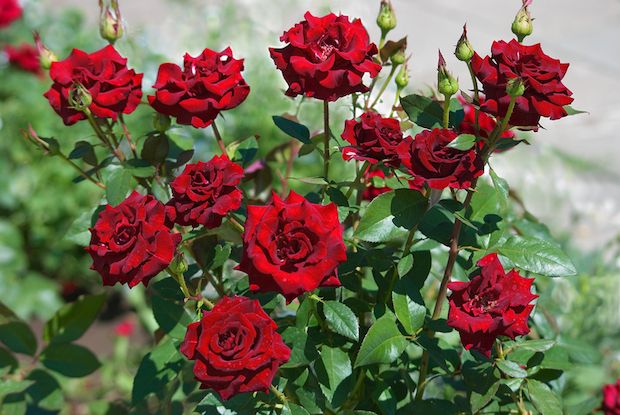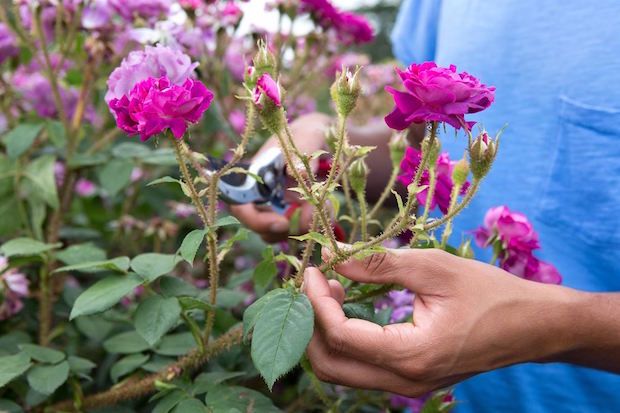Advertisement
Lifestyle
How to Grow a Beautiful and Healthy Rosebush
By
Brian Delpozo
2 min read
- # Backyard Gardener
- # BGARD
- # Flowers
Advertisement - Continue reading below

Rosebushes are some of the most beautiful plants in the world, and almost any gardener would agree they make a gorgeous centerpiece thanks to their vibrant blooms. However, they’re also some of the trickiest plants to grow, especially for those who’ve never tried before. That’s why we’re providing you a list of several key steps to ensure a rosebush is as healthy, and looks as good, as possible.
The first step to a perfect rosebush is ensuring that the soil around the plant is properly set up for drainage. Roses won’t survive in soil that is too wet; therefore a light soil that easily drains is best. If that soil isn’t naturally available in the area, a pre-sold mixture can be used. The plant should also be positioned somewhere water can freely flow away from, and never at the bottom of an incline where it could congregate.
Next up are sunlight conditions. While there are some that need shade, a majority of rose varieties need at least six hours of direct sunlight a day to survive and thrive. Planting in a spot away from large trees, building, or other shade-producing structures is a necessity.

Because of the flower’s vulnerability to fungus, watering roses can be a very tricky balancing act. During most of the growing season, roses should get the inch of water a week they need from seasonal rains. However, during drier weeks the plants will need to be manually watered. To avoid any issues, it’s best to pour the water directly into the soil and ensure that excess drains off as quickly as possible.
Fertilizing a rosebush is another tough skill to master. In general, rose plants and the soil around them will benefit more being fed with organic fertilizer. However, the compounds in some chemical fertilizers offer protection from fungus and insects, so it’s usually a good idea to mix the two together. If using any chemical fertilizer, it’s a good idea to rotate different ones so as to prevent buildup of chemical compounds in the soil.

Finally there’s summer pruning. This simple act, also known as “deheading,” is the removal of dead or dying blooms from the bush with no ill health effects for the plant itself. It simply forces the plant to continue blooming, increasing its aesthetic appeal.
Growing rosebushes is a time-consuming task and a tough skill to master. However once complete, the plant will make a gorgeous centerpiece plant to any gardening setup.
Advertisement - Continue reading below












